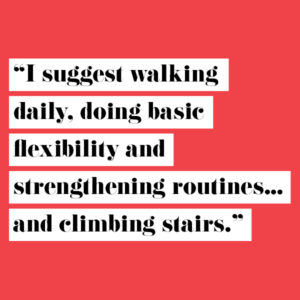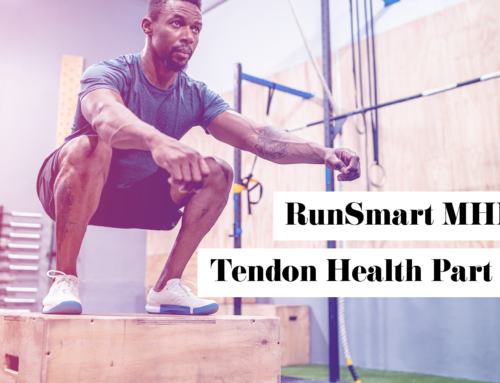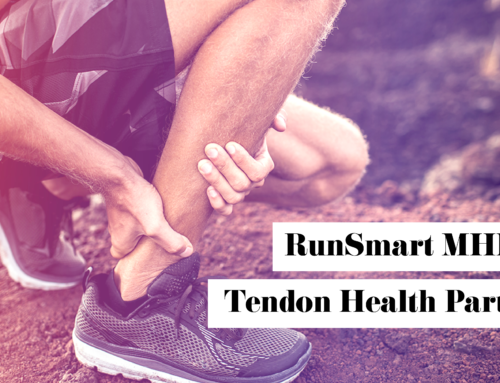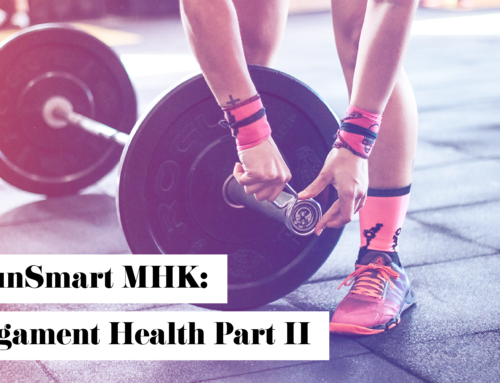A Healthy Balance
STEPHANIE JOHNSON, Maximum Performance Physical Therapist
There’s a lot of talk about maintaining a healthy balance in our lives – from diets to the time we spend at work and home – but rarely do we think of it in purely physical terms.
Did you know that falls are the leading cause of hospital admissions and death for people age 65 and older? It happens like this. The fear of falling leads to limited mobility, which limits independence. That decrease in physical fitness ultimately increases the risk of falling. Let’s dive into how our body balances itself, what can go wrong, and what we can do to decrease the odds of having a fall.
Our brain receives information from three areas to interpret where we are: our inner ear, vision and musculoskeletal system.
Our inner ear, the vestibular system, helps control balance. When working with our vision, it essentially becomes an internal GPS system that allows us to move in any direction and orients us whether we are standing still, walking backwards, running or riding in a car.
Our eyesight feeds the brain vast amounts of data. It determines what we see, guides our depth perception, allows us to understand objects are still there even when we can’t see them (object permanence) and helps us keep our bearings.
The third area comprises muscles, joints and skin. The stretch reflexes housed within our ligaments, tendons and muscles, along with joint position and our ability to sense sensations are all factors in maintaining our balance.
Our bodies react based on what the brain tells it to do from the information it receives from these systems. But what if this information is faulty? Your risk of falling increases. Here’s how:
- Vestibular issues equate to dizziness, nausea, fear of movement, and immobility. They can be caused by damage to the inner ear such as what happens with a concussion or whiplash injury.
- Visual issues can be caused by bifocals, trifocals, cataracts or other ocular problems. Activities such as walking at night or walking in bright sunlight, snow, rain, or walking on uneven surfaces likes bricks can dramatically increase the risk of falling.
- Muscle weakness and stiff joints are often the culprits with our musculoskeletal systems. Stiffness slows our reactions and movement speed. When we lose our balance, we cannot get the body back in alignment fast enough to prevent a fall.
- Swelling, poor circulation and changes in our foot sensation that derive from a medical issues or sedentary lifestyle increases fall risk because it reduces sensory data.
What can you do?

Get moving! Start or change up your exercise routine. Try dancing or Tai Chi, classes. These are fantastic options because movements are random, meaning they are not memorized, and they include your head and neck. You’ll need to make an effort to practice both static and dynamic balance.
I suggest walking daily, doing basic flexibility and strengthening routines four to seven days a week and climbing stairs. Practice getting up from the floor and walking very carefully over uneven surfaces.
At Maximum Performance, we can perform simple tests to determine your strength and balance levels then create a customized exercise routine just for you! We’ll evaluate how fast you walk, how far you reach, how quickly you get up and down from a chair, and how long you can stand on each leg.
There are several easy-to-use tips to reduce your risk of falling. We advise our clients to remove rugs, cords and hoses from traffic areas, use hand rails, to always look before taking a step, use night lights, keep walking paths clear from clutter and to wear appropriate, good-fitting shoes.
Schedule an appointment today! It is truly one of the simplest things you can do to improve your mobility and protect your independence.




